Elderly care / Global
Grey matters
Getting old is inevitable but providing for people when they do is too often skirted. Monocle has tracked down those making a difference and showing up the authorities in the process.
We’re all familiar with the trajectory. By 2050, people over 60 will make up 22 per cent of the global population, outnumbering children under 14 and doubling the 2000 figure of 11 per cent. The number of people living to 80 will quadruple in the same period. In the course of a century, improvements in quality of life and public health have seen a rise in life expectancy of almost 50 years in some regions.
These statistics should be cause for celebration but we’re also aware of the human reality. Grandparents – and now great grandparents – need housing, care and company more than ever before but on the whole we’re failing them. The problems are being discussed but significant government-sponsored solutions are yet to emerge – the best projects are coming from enterprising philanthropic individuals. Three such projects are featured here, which smart governments would be wise to adopt. Plus, with help from an expert panel of architects, we’ve devised our own perfect community in which to grow old.
01
Solar Flor-de-Lis
Brazil
Founded four years ago by a physiotherapist and a nutritionist, the Solar Flor-de-Lis (Fleur-de-lis palace), 30 minutes drive from downtown São Paulo, is best described as a nursery for the elderly. Aged between 68 and 93 years old, 15 elderly people (three men and 12 women) currently spend their days here from Monday to Friday. Their families drop them at the main entrance at 08.00 and come back to pick them up at 18.00. During the day they partake in physical and cultural activities, including classes in dancing, painting, knitting, make-up and light sports.
Some classes are given by the “students” themselves who, accompanied by two nurses, are encouraged to teach their colleagues. “It is a way to make everyone feel involved, to make sure they feel useful,” says Márcia Regina de Oliveira, one of the partners.
Mostly the patrons are elderly people who have regular mental and physical health but are showing some age-related decline such as depression and motor problems. They get breakfast, lunch and snacks, can take a shower, or nap in one of four beds; it costs around B$65 (€25) a day. “The idea is to provide a service for families who need help to care for their parents during the day while they work but aren’t ready to move them into a home,” says Neli Raquel de Oliveira, Márcia’s business partner and cousin.
This model of business is receiving attention from the government: a recent bill introduced the idea of creating more public spaces similar to the Solar Flor-de-Lis. Currently São Paulo has only two Reference Centres for the Elderly (cri is the Portuguese acronym) that are free of charge for anyone over 60. In a country where the elderly population has jumped from 10 million to 20.5 million in the last 50 years it’s a problem that needs to be addressed by the government, not just enterprising individuals.
solarflordelis.com.br
Why it works
- Elderly people spend less time at home, which saves on the cost of a carer.
- Physical and cognitive activities keep the bodies and minds of the patrons stimulated.
- Teaching each other and sharing skills maintains a palpable sense of purpose through learning.
- Being surrounded by other elderly people guarantees that a social life outside the family can be cultivated.
- Having nurses on hand means the patrons are well looked after at all times.
02
Yuimarl
Nasu, Japan
If any country needs to think hard about the best way to tend to its population of elderly people, it’s Japan. A recent study predicted that within 85 years nearly half the population of Tokyo will be retirees, while in September the population of Japanese centenarians topped 50,000 for the first time. Although the rest of East Asia is heading in the same demographic direction, Japan is at the forefront of the trend.
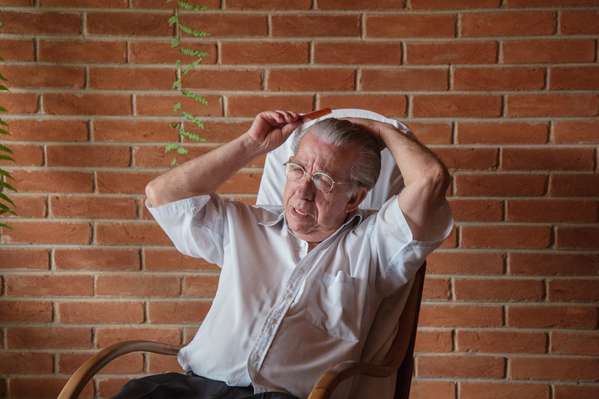
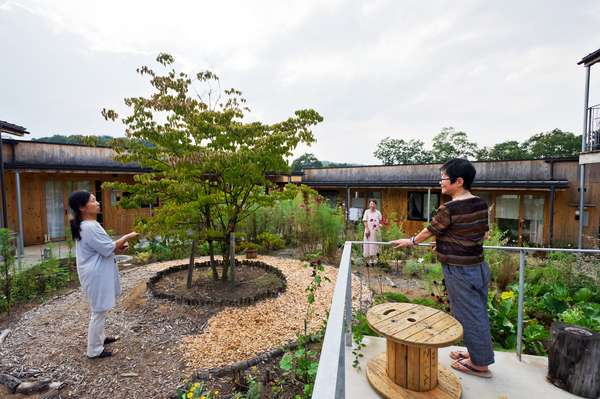
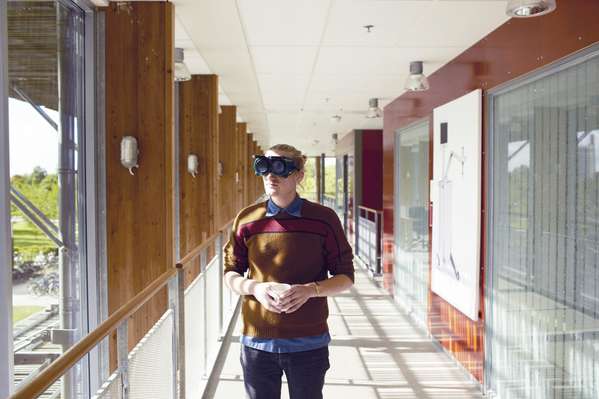
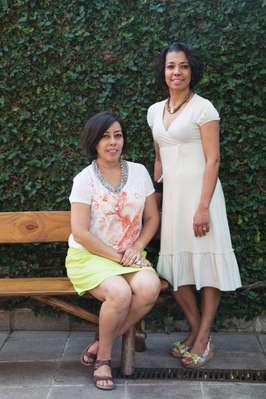
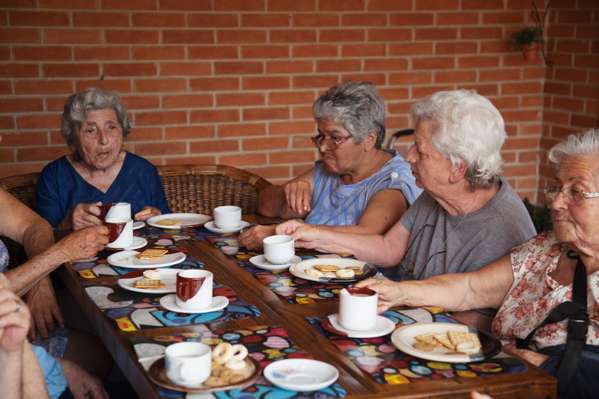
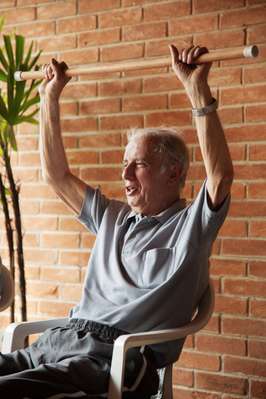
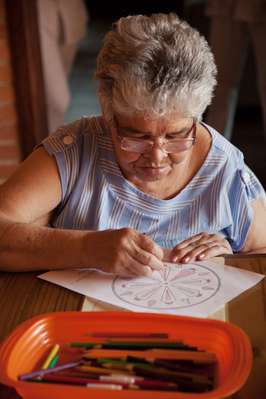
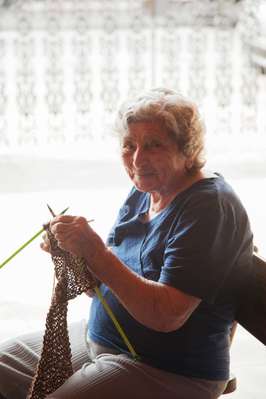

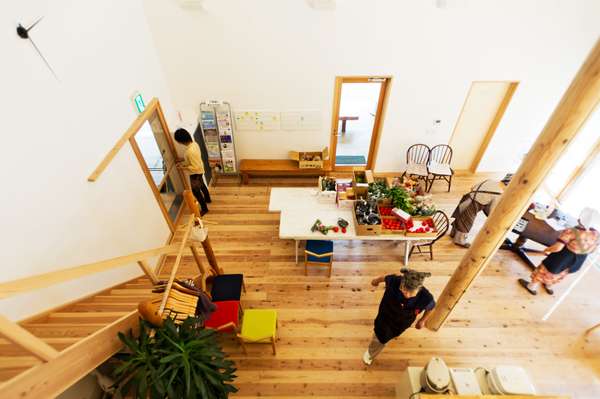


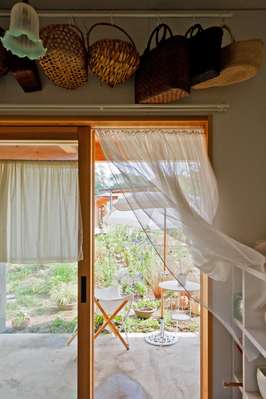
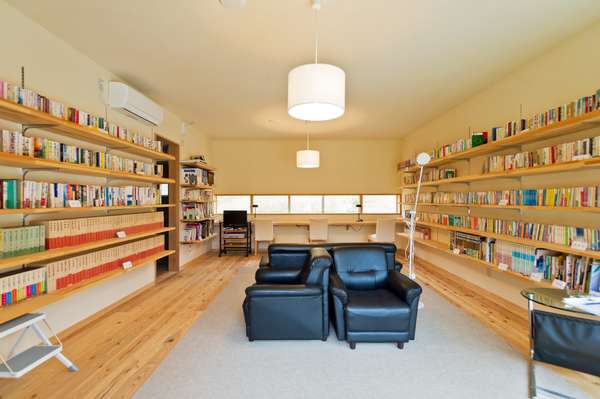

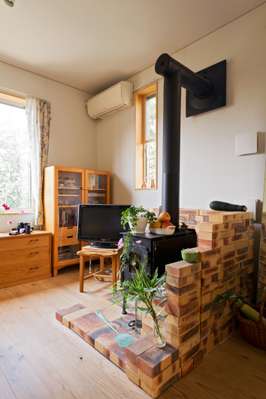
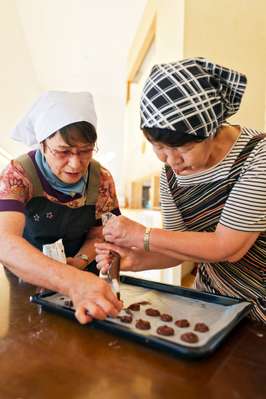
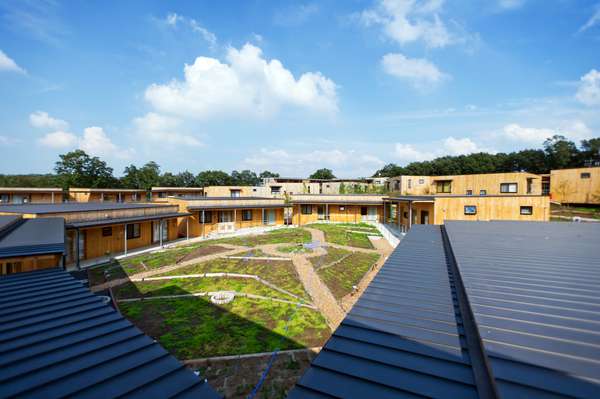
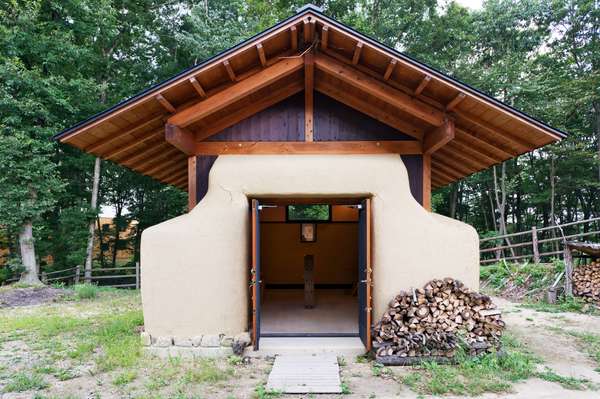
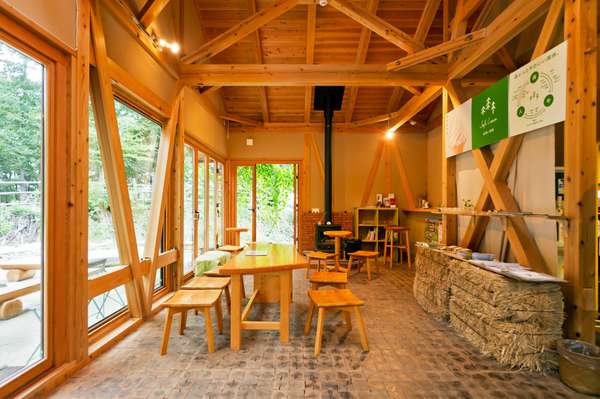
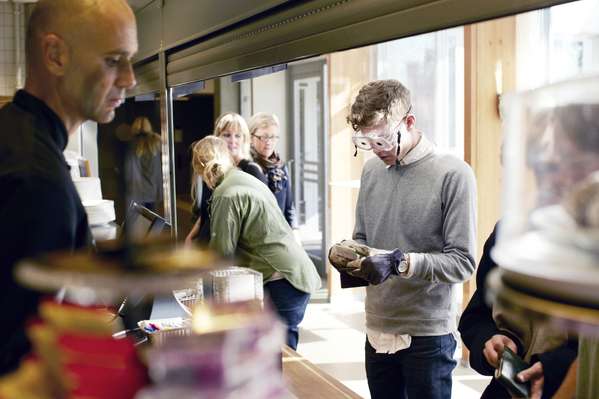
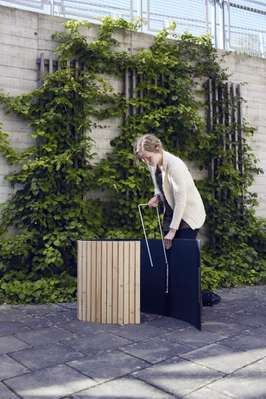
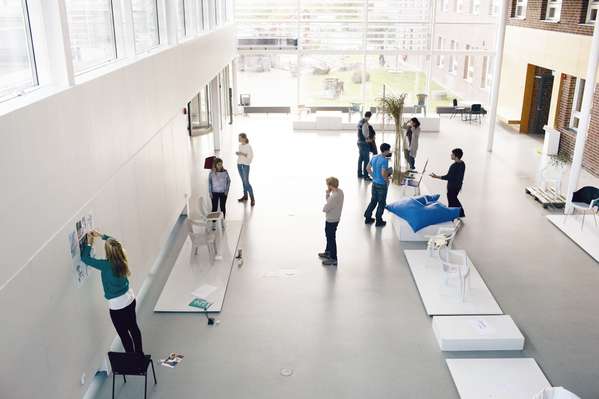
One man who has given the subject a lot of thought is architect Hideyo Takahashi. In 1998 he started Community Net with the aim of building a new type of housing for the elderly. He had observed how old people suffered in the wake of the Kobe earthquake in 1995: uprooted from their homes they were moved to unfamiliar temporary housing that often left them feeling isolated and depressed. Takahashi’s idea was that housing developments for older people should be a “loose community” where residents can live independently but find support if they need it.
Community Net’s latest development is Yuimarl Nasu, a group of 70 homes built among woods and farmland in rural Nasu. Yuimarl (the word means “helping each other” in Okinawan dialect) was designed by Kenji Seto and Sojun Kondo of architectural firm Plus New Office. Their sympathetic plan was chosen from over 80 submissions.
“We wanted people to be close but not too close,” says Seto. “Instead of making one community with 70 units we made five clusters, each with 12 to 18 units.” The houses, all built in local cedar, are arranged around shared courtyards and the bright interiors have white walls, wooden floors and tatami (floor mats) for the bedrooms.
The gardens are looked after by residents. One particularly pretty English-style garden is the work of Katsue Umeta, 64, who shares a connecting unit with her brother, Yukio. Umeta was one of Yuimarl’s first tenants. She got in at the planning stage and was encouraged to participate in the design of her home. She was keen to have a wood-burning stove and wanted her brother’s unit to be connected to her own. She says that once the first group settled in, friendships formed naturally.
“It’s the old shitamachi [Tokyo] way,” says Umeta. “We look after each other but don’t interfere in each other’s lives.”
Unlike traditional residential care homes, the rules are flexible – pets are allowed, for example – and there is back-up for anyone who wants practical help or company. Staff are on hand 365 days a year, a free minibus goes to and from town every day – stopping at the library, hospital and supermarket – and there are clubs for the likes of calligraphy, exercise, piano lessons and film.
Residents are encouraged to continue working if they are willing and able. House manager Misako Shinozaki, a resident herself, has set up a scheme whereby residents who want to use their skills can earn a little money. One, a retired soba chef, makes noodles for the restaurant twice a week while another, a former hairdresser, coiffs the residents. “Instead of dividing people into the care-givers and the care-receivers, here it’s about shared responsibility,” says Shinozaki.
The architects tried hard to infuse a sense of warmth and comfort. “What we wanted for this project was for people to enjoy this natural environment and feel secure living together,” says Seto. “We tried to make it a place for residents to enjoy conversation and hobbies and generally support each other.”
plusnewoffice.com
Why it works
- Before construction began, Community Net held workshops with locals to encourage potential tenants to participate in the design process.
- The architecture fosters a sense of security: all homes face a shared courtyard, creating plenty of opportunity for friendly chats.
- The natural setting is a huge plus.
- Community Net’s idea is for the housing units to be just the right distance apart: not scattered but not as close as in the city.
- Urbanisation has broken community ties; Yuimarl builds new ones.
- The restaurant, music room and day-care facility are all open to non-residents.
- There’s a café managed by young agriculture graduate Masahiro Yamakawa who, with the help of patrons, looks after Yuimarl’s small herd of livestock.
- Residents participate in group activities if they want to but nothing is compulsory, while home-cooked food is on offer if people don’t want to cook at home.
- Residents can work if they choose to: some help in the restaurant and others even rent farmland nearby.
- Four daily trips to the nearest town keep residents in touch. Groceries can also be delivered from the co-op and a local bakery.
03
Lund University
Sweden
Design for the elderly often resembles hospital equipment but at Lund University in southern Sweden, students on the ageing and design programme are trying to change all that. Since 2004, research has focused on how design and technology could better meet the needs of senior citizens.
“When people talk about demographics, getting older is often described as something very negative,” says professor Britt Östlund, who has been running the programme from the start. “I started wondering what our ageing population meant for design and technology. Would it only bring problems or could it also offer possibilities?”
Östlund’s students have designed products including coat hangers, care robots, raised garden beds and bath tubs, all specially made to suit the needs of people with disabilities. Most products are developed in collaboration with elderly people.
“In one of our workshops an older man said that he would like his walker to be manufactured by Porsche, not an aid-equipment company,” says Östlund. “It should work and be safe but why can’t it also be aesthetically appealing?
“Many companies are still afraid of being associated with older people. There is a market for products but we need an attitude change.”
lunduniversity.lu.se
Lund projects:
Adult playground
Students had to find alternatives to modern gyms. They came up with an outdoor playground for older adults, complete with swings and balancing beams; a place to stay fit but also meet friends.
Simulation
One design course at the university involved the students using equipment to simulate problems such as glaucoma to understand the difficulties faced by the elderly when it comes to carrying out everyday tasks.
Gardens for the elderly
“I interviewed 16 people and learned that heavy lifts and low working positions were big problems,” says student Lovisa Nersing. “I changed the garden by creating raised gardening beds: they’re easy to mount and dismount and can be stored in flat packs.”
Five more schemes
The Netherlands
Famed for having Europe’s highest percentage of cyclists and 19,000km of bicycle paths, the Dutch are pioneers at keeping their elderly active on two wheels. On average, 55 per cent of people between 55 and 75 cycle an hour a week. The Dutch provide reduced rates for its older community, who are protected by the Ministry of Infrastructure and Environment’s “Stay mobile in a safe way” programme.
verkeerenwaterstaat.nl
Côte d’Ivoire
“Ageing in Africa” is a new project from New York architects HollwichKushner. Designed for the Foundation Saint Joseph d’Arimathie, it is the first retirement community on the African continent geared towards senior citizens without families – in this case, Catholic priests. Nestled between the Atlantic and an inland lagoon in Côte d’Ivoire, the care centre is based on the blueprint of a typical village with added ease of mobility and extra security.
hwkn.com
Italy
August in Italy sees life in cities grind to a halt, with many shops shuttered as residents head to the beach. Over-65s now make up 20 per cent of the population and access to routine services is often a challenge with loved ones away. In Milan, authorities run a hotline with staff ready to deliver newspapers, meals or groceries, clean homes or simply offer companionship. This summer, over 25,000 requests were fielded.
comune.milano.it
USA
Gay and lesbian seniors have complained of discrimination in US retirement homes, with some subject to abuse. Bill and Cindy Gallaher, who have developed over 30 retirement communities, are creating Fountaingrove, a private complex for the LGBT community just north of San Francisco complete with cocktail lounge.
fountaingrovelodge.com
Singapore
Over 80 per cent of Singaporeans live in Housing Development Board (HDB) apartments. These are publicly funded homes constructed around the concept of community; swimming pools and food courts are some of the features. Never resting on its laurels, the board calls for design innovations to improve HDB living every year. This year’s competition saw design solutions for the elderly that included a height-adjustable toilet seat and recycled bottles filled with soil and clay pellets for growing vegetables on windowsills. Other winning designs have included an outdoor clothes dryer with moveable levers.
hdb.gov.sg
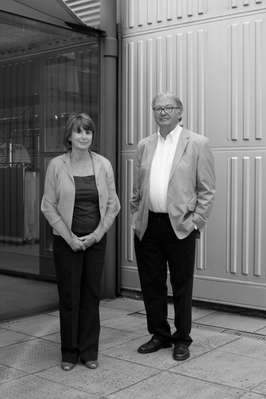
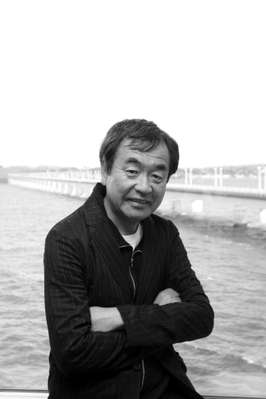
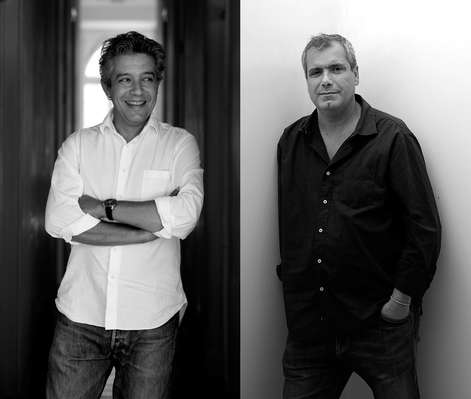
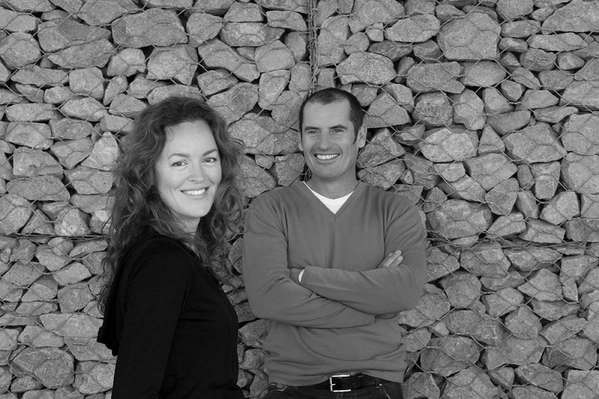

Monocle Springs
A place to grow old
To gather criteria for a perfect twilight community we enlisted the help of a consortium of expert architects. We consulted this special group because we knew they would come up with ideas based on common sense: sensible scale and density; a setting by the sea; good mobility access; numerous activities; and plenty of contact with each other – and everyone else, too. Crucially this is not a ghetto but a community; as such it requires a mixed-use development that anyone can live in, just with fewer stairs and more beauty salons.
Hopkins Architects
London
Patty and Michael Hopkins have a meticulous, precise approach to architecture. Their work also has warmth, allied to a clever appreciation of how their buildings will be inhabited and age over time.
Environment
“These communities should not feel like elderly ghettos but be set in urban villages such as Hampstead, Highgate, St John’s Wood or Marylebone in London.”
Scale
“Individual units on one level, spacious enough to accommodate personal furniture, with a small kitchen.”
Protection
“Sheltered, sunny and private ‘outside room’ with flowers and views, and covered walkways to eateries, shops and beauty salons.”
Visitors
“A welcoming space with a spare bedroom for guests. Pets welcome!”
Food
“Delicious, healthy food with a choice of café-style or more formal dining.
hopkins.co.uk
Kengo Kuma
Tokyo
Kengo Kuma is working on a community centre for the elderly in the Tsunami-hit town of Rikuzentakata. Inspired by the lotus leaf and built from local wood, the centre has a poetic charm, perfect for spells of quiet contemplation. These are the elements he would include in his perfect grey community.
Collaboration
“Work with local carpenters to build it.”
Materials
“Use a selection of local materials that have warmth like Kesen-sugi, the cedar from Kesennuma that we are using in our centre.”
Nature
“There should be open areas for natural light and gardens for a feeling of nature.”
Neighbours
“It should be open to the community with a good entrance to make people feel welcome.”
Safety
“There must be sidewalks that are safe and easy to walk on with calm lighting and clear signs.”
kkaa.co.jp
Aires Mateus
Lisbon
Seduced by their recent nursing home in Alcacer do Sal, we tasked Francisco and Manuel Aires Mateus to share their concepts. They kept things simple.
Space
“Sculpted, intimate spaces.”
Form
“Memorable shapes.”
Aspect
“Framed views.”
Location
“Buried in nature.”
Environment
“Protected by a thick wall, open to the sea.”
airesmateus.com
Lance and Nicola Herbst
New Zealand
With a fine line in “bach” beach houses (rustic boltholes) this husband-and-wife duo is perfect to call on for a retirement home close to nature.
Aspect
“Wind-free spots, private and public, internal and external.”
Accessibility
“There should be no impediments to mobility regardless of the means of movement. This means lots of attention to the ground plane: surface textures and the thresholds between.”
Nature
“Trees, birds, a lake or the ocean; whatever the natural essence of the site is.”
Food
“A fresh produce market is a daily reason to bump into people.”
Luxury
“A small hydrotherapy spa by Peter Zumthor, please.”
herbstarchitects.co.nz
Deborah Berke
New York
After countless residential projects large and small, Berke has proven herself to be an architect who understands the human impact of space and design, crucial elements that are too often overlooked when it comes to designing residences for the elderly.
Health
“It’s better to be old and healthy than old and unhealthy. Walking helps. There need to be pavements, lighting and the assurance of safety.”
Delivery
“I want to grow old in a place where I can order food and have it delivered to my place still hot. Having your dry cleaning delivered is great, too. And, for the elderly, being able to have medications delivered by the local pharmacy is essential. My dream development has a deeply ingrained delivery culture.”
Community
“They say that one of the biggest contributors to depression in the elderly is loneliness. Cities offer so many opportunities for maintaining friendships and they also offer opportunities for making new friends: libraries, parks, concert halls, museums, schools, places to volunteer, neighbourhood groups, political, religious and charitable organisations.”
Aspect
“Natural light. Need I say more? Give me high ceilings and big windows in the rooms where I grow old.”
Luxury
“Grow old in a place with a great daily newspaper and read it every day. And even better, write to them from time to time; passion is youthful, too.”
dberke.com


